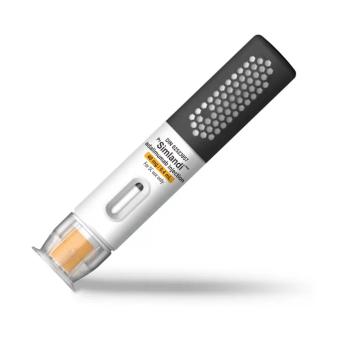
MedImpact is not requiring patients currently taking Humira to switch, and all three products are on a preferred tier.

MedImpact is not requiring patients currently taking Humira to switch, and all three products are on a preferred tier.
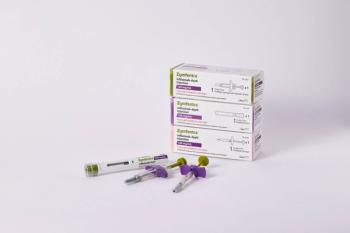
Zymfentra is a subcutaneous infliximab product used to treat ulcerative colitis and Crohn’s disease. It has a price of $6,181.08 for two shots over four weeks.
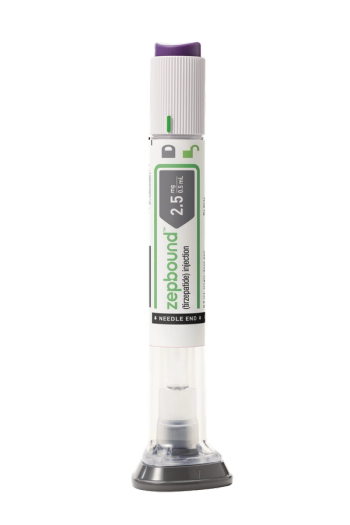
The monthly price of the 2.5 mg Zepbound single-dose vial is $399 and the 5 mg dose is $549, which Lilly officials said is in line with the savings program for without insurance.
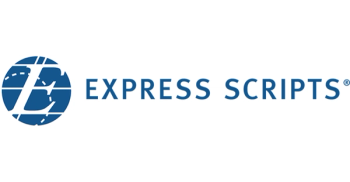
Beginning in 2025, Express Scripts will favor biosimilars of Humira, including its own private-label version.

Avalere’s Kylie Stengel talks about the regional shifts in formularies and utilization management in Medicare Part D prescription drug plans.

Prademagene zamikeracel is a cell therapy in development to treat patients with recessive dystrophic epidermolysis bullosa (RDEB), a rare connective tissue disorder.

Zymfentra launched in March 2024 as the first subcutaneous formulation of infliximab for patients with ulcerative colitis and Crohn’s disease. It has a list price of $6,181.08 for two shots over four weeks.

No information, however, is available about which insurance plans are providing coverage of Anktiva or what the utilization management requirements are.
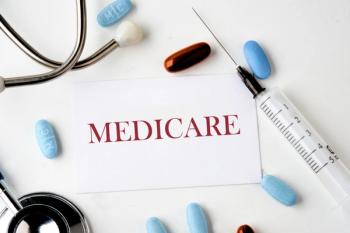
New analysis shows that differences in the methods used to set drug payment amounts under Part B versus under Part D result in different payment amounts for the same drugs.

In a recent survey, payers said their priorities include addressing the impacts of Medicare’s Drug Price Negotiation Program and the Part D redesign.
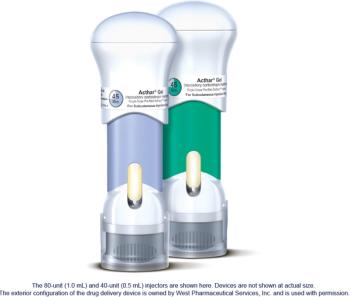
SelfJect is priced at parity with the Acthar Gel multi-dose vial and syringe.

Cigna officials cite significant growth in Evernorth Health Services and Express Scripts for the increase in revenue.

CVS Caremark is requiring step therapy through a generic prescription proton pump inhibitor before providing coverage.

Higher costs per claim, coupled with an increased number of patients using specialty drugs, has contributed to higher spend.
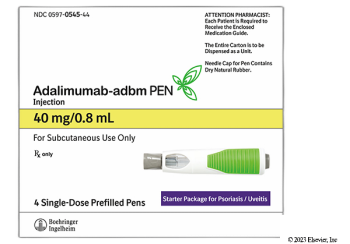
Boehringer Ingelheim’s high- and low-concentration adalimumab-adbm will be available through GoodRx for $550 for two-pack, which represents a 92% discount from the Humira list price.

The switch to biosimilars helped Navitus clients offset increased utilization in the non-specialty category and the introduction of higher-cost specialty drugs.

The FTC’s interim report on pharmacy benefit managers (PBMs) was just the latest effort to highlight what some say is an industry that profits at the expense of patients and independent pharmacists. The PBMs say the report paints an incomplete, misleading picture. Others say it shows the FTC is prepping its antitrust case.

The PBM industry said the FTC has not been objective, and that efforts to limit PBM negotiating tools would put patients at the mercy of drug manufacturers.
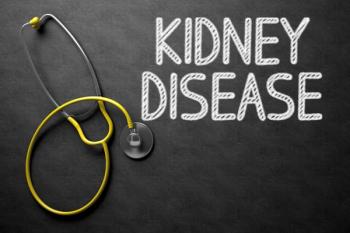
Company officials have said the bundled payment program could negatively impact sales of Xphozah, which was approved last year to reduce serum phosphorus in patients with kidney disease on dialysis.

The 3Axis Advisors analysis suggests PBMs’ spread pricing practices leads to employers being charged different amounts for the same medications and to pharmacists facing reimbursement challenges.

Nathan Downhour, Pharm.D., discusses the Pharmacy Match program, which will engage with physicians to make sure a specialty prescription gets to the best-fit pharmacy across a network powered by Free Market Health.
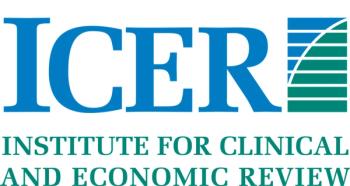
Included in this review will be 11 drugs that ICER assessed for cost-effectiveness in 2022. New this year is an assessment for consumer accessibility of drugs, including the burdens of prior authorization and patient cost-sharing measures.

Vanity Fair shines a light on how fake Ozempic and other semaglutide products have found their way into the U.S. supply chain.

LucyRx will begin providing pharmacy benefit services to self-insured employers, covering about half a million lives, beginning in January 2025.

In the United States, spending on oncology therapies rose to $99 billion in 2023, and is expected to grow to nearly $180 billion in 2028, finds a recent report by IQVIA Institute for Human Data Science.